
Typography has been shaped and influenced by numerous talented individuals throughout history. In this article, we will explore the lives and contributions of the ten most famous typeface designers who have left an indelible mark on the world of typography. From the pioneers of movable type to the modern masters of digital fonts, these designers have revolutionized the way we perceive and interact with written communication.
Johannes Gutenberg: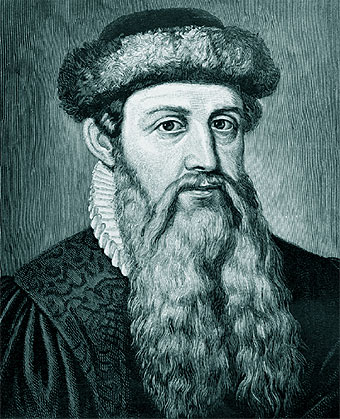
Johannes Gutenberg, born in the 14th century in Germany, revolutionized the world of typography with his invention of the printing press. He introduced movable type, allowing for the mass production of books and disseminating knowledge on a scale never seen before. Gutenberg’s typefaces were simple and legible, laying the foundation for future typographic developments.
Claude Garamond:
Claude Garamond, a French type designer of the 16th century, is renowned for his elegant and refined typefaces. His designs were characterized by harmonious proportions, subtle curves, and delicate serifs. Garamond’s work had a significant influence on subsequent type designers, and his typefaces continue to be popular choices for books, magazines, and formal publications.
William Caslon:
William Caslon, an English type designer from the 18th century, made significant contributions to the development of the modern serif typeface. His designs were known for their robustness, readability, and balanced proportions. Caslon’s typefaces became widely used in England and the American colonies, and they remain highly regarded for their versatility and timeless appeal.
Giambattista Bodoni:
Giambattista Bodoni, an Italian type designer of the late 18th century, is celebrated for his precise and geometric typefaces. His designs featured sharp contrasts between thick and thin strokes, creating a distinctive and modern aesthetic. Bodoni’s work reflected the neoclassical spirit of his time, and his typefaces continue to be favored for high-end publications and display purposes.
Frederic Goudy:
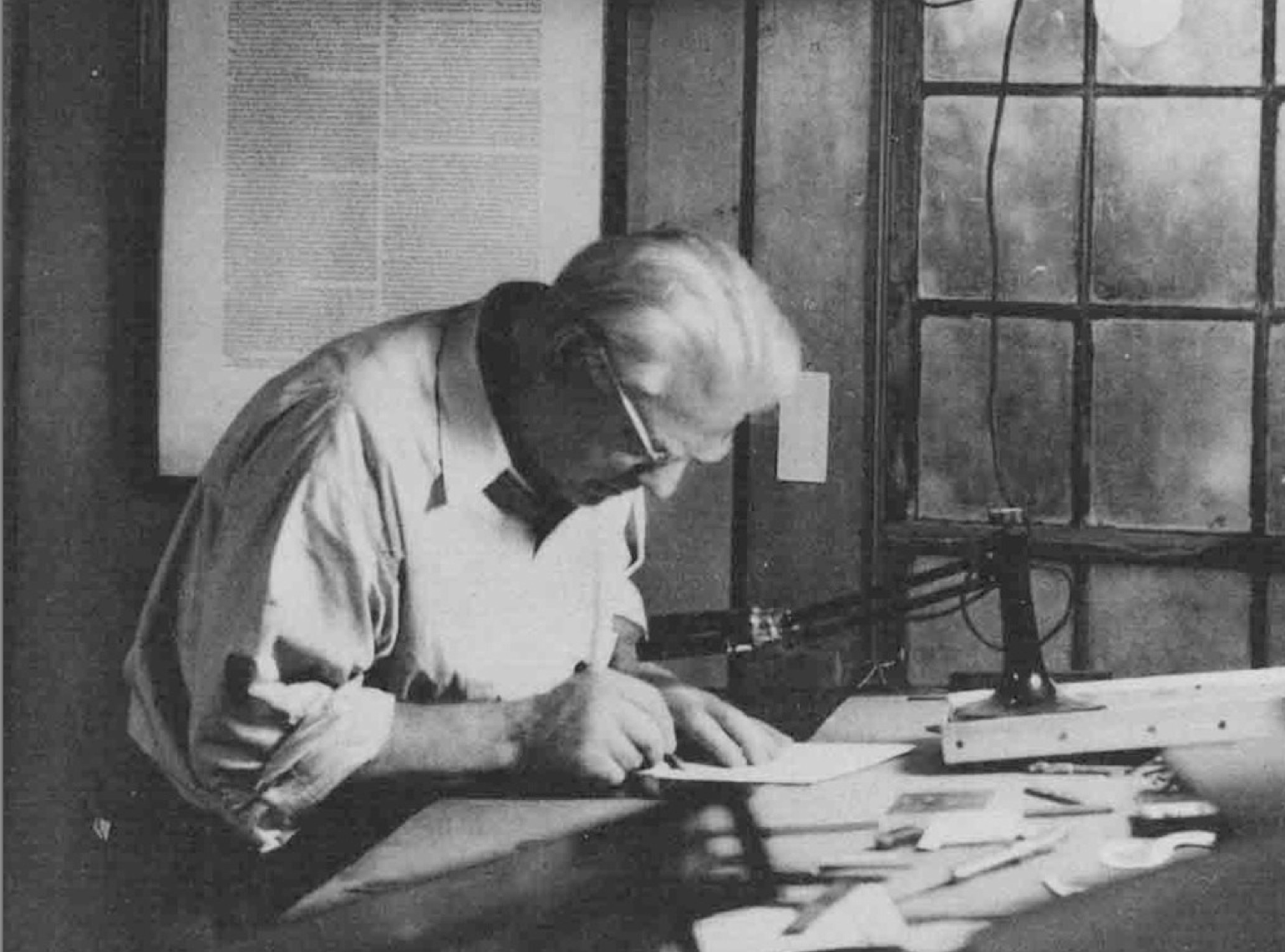
Frederic Goudy, an American type designer of the early 20th century, left a lasting impact on typography with his prolific body of work. He designed over 100 typefaces, ranging from classic and traditional to experimental and decorative. Goudy’s designs showcased his versatility and craftsmanship, and many of his typefaces, such as Goudy Old Style and Copperplate Gothic, remain popular choices today.
Eric Gill:
Eric Gill, a British type designer of the early 20th century, was known for his versatile and distinctive typefaces. His designs balanced simplicity, readability, and a humanist touch. Gill’s most famous typeface, Gill Sans, became an iconic representation of modernist typography. His work had a profound influence on subsequent type designers and continues to be widely used in various applications.
Adrian Frutiger:
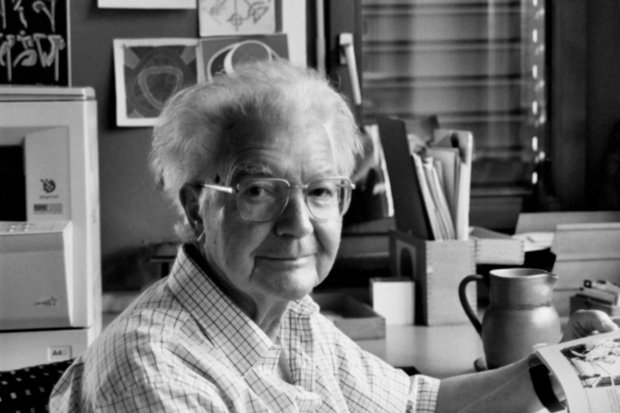
Adrian Frutiger, a Swiss type designer of the mid-20th century, made significant contributions to typography with his innovative designs. He is best known for creating the Univers typeface, a versatile and highly legible sans-serif font that set a new standard in functional typography. Frutiger’s meticulous attention to detail and his ability to create typefaces that harmoniously blended form and function made him one of the most influential figures in modern typography.
Hermann Zapf:

Hermann Zapf, a German type designer, is renowned for his innovative and expressive typefaces. His designs, such as Palatino, Optima, and Zapfino, combine classical influences with modern sensibilities. Zapf’s typefaces are characterized by their clarity, elegance, and versatility. His meticulous craftsmanship and attention to detail have earned him a place among the most influential type designers of the 20th century.
Matthew Carter: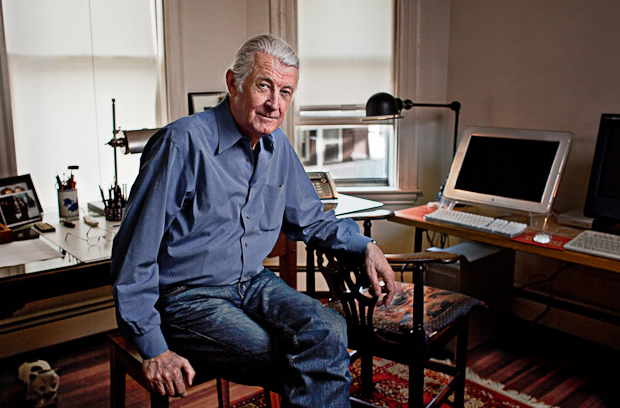
Matthew Carter, a British-born type designer, is recognized as one of the most influential figures in contemporary typography. His work spans both traditional and digital typefaces, and he has designed several widely used fonts, including Verdana, Georgia, and Bell Centennial. Carter’s designs are known for their readability, versatility, and seamless integration into various digital environments. His contribution to typography has shaped the way we interact with written communication in the digital age.
Jonathan Hoefler and Tobias Frere-Jones: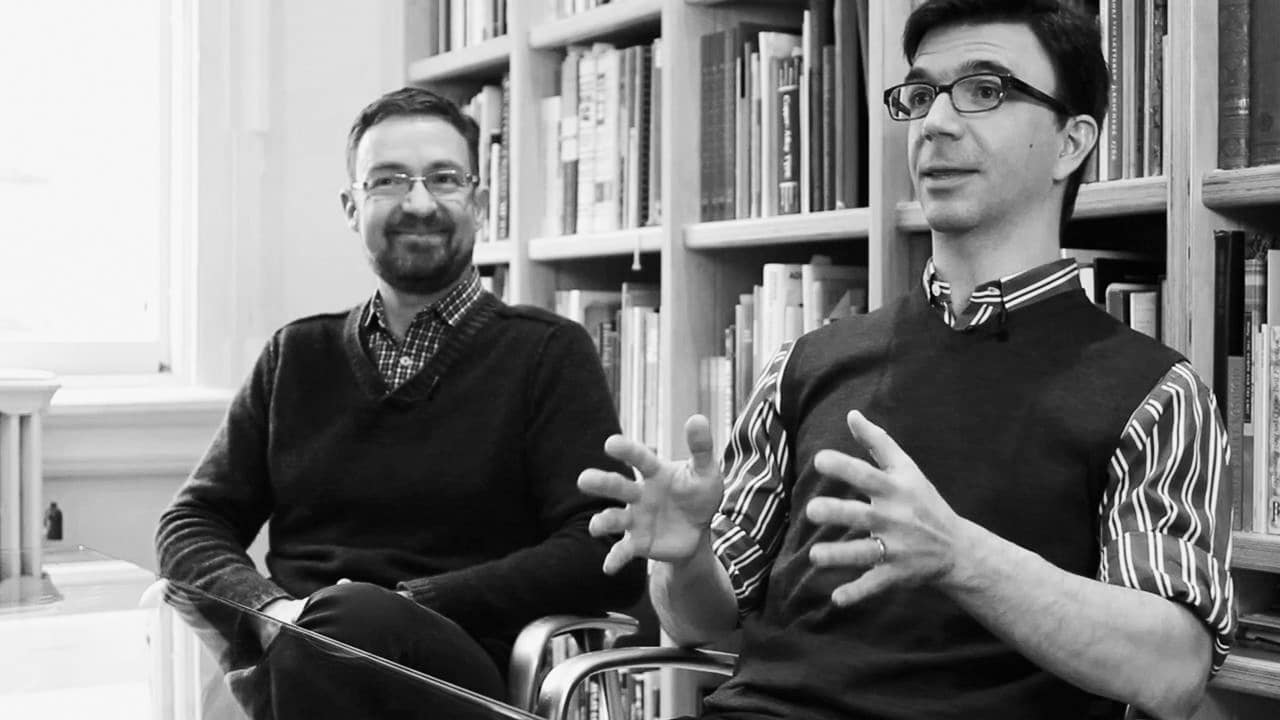
Jonathan Hoefler and Tobias Frere-Jones formed a notable American type design partnership that has made significant contributions to contemporary typography. Their collaborative work resulted in iconic typefaces such as Gotham, Mercury, and Archer. Hoefler and Frere-Jones are known for their meticulous attention to detail, craftsmanship, and dedication to creating typefaces that strike a balance between aesthetics and functionality. Their designs have become widely adopted in print and digital media, shaping the visual landscape of the modern era.
These ten famous typeface designers have each contributed to the evolution of typography in their own unique way. Their innovative designs, technical skill, and artistic vision have shaped the field of typography and continue to inspire and influence type designers and typographers around the world. Through their creative endeavors, they have enriched the visual language of written communication, leaving a lasting legacy in the world of typography.
In conclusion, the world of typography has been greatly influenced by the contributions of these ten famous typeface designers throughout history. From Johannes Gutenberg’s invention of the printing press to the innovative work of contemporary designers like Jonathan Hoefler and Tobias Frere-Jones, each of these individuals has left an indelible mark on the field of typography.
Their designs have not only shaped the visual aesthetics of written communication but have also played a crucial role in enhancing readability, legibility, and overall communication effectiveness. Their typefaces have become timeless classics, widely used in various applications such as books, magazines, signage, advertising, and digital media.
These typeface designers brought forth a range of styles, from the elegant and refined work of Claude Garamond to the geometric precision of Giambattista Bodoni, from the versatile and humanist designs of Eric Gill to the innovative and functional approach of Adrian Frutiger. Each designer had their own unique style, influenced by the cultural, technological, and artistic trends of their respective eras.
Their contributions not only transformed typography but also influenced other design disciplines, including graphic design, advertising, and branding. Their legacies continue to inspire and influence contemporary type designers, ensuring that typography remains a vibrant and evolving field.
It is important to acknowledge the immense impact that these designers have had on visual communication. Their work has transcended time, bridging the gap between tradition and modernity, and continuing to shape the way we perceive and interact with written language.
As we appreciate the artistry and craftsmanship of these typeface designers, let us also recognize the role they have played in preserving and advancing the rich history of typography. Their designs have become a part of our visual culture, conveying messages, emotions, and ideas in a way that words alone cannot achieve.
The ten most famous typeface designers in history have left an indelible legacy. Their work has not only shaped the world of typography but has also influenced the broader realm of design. Their designs continue to be celebrated and used today, a testament to their enduring impact and creative vision.
